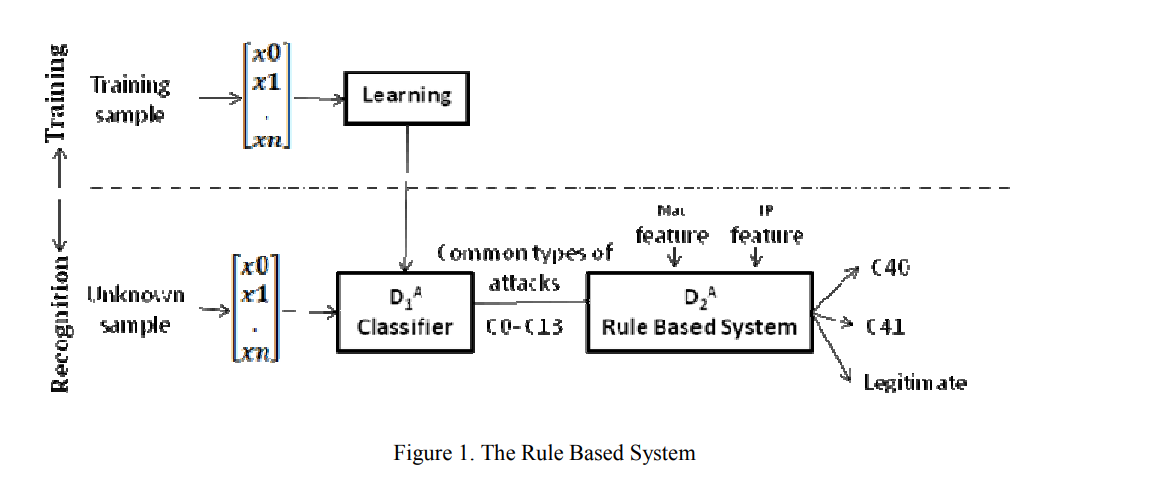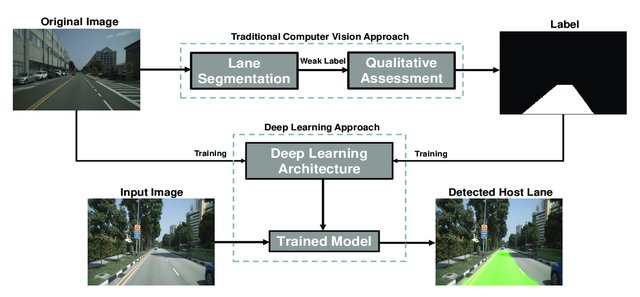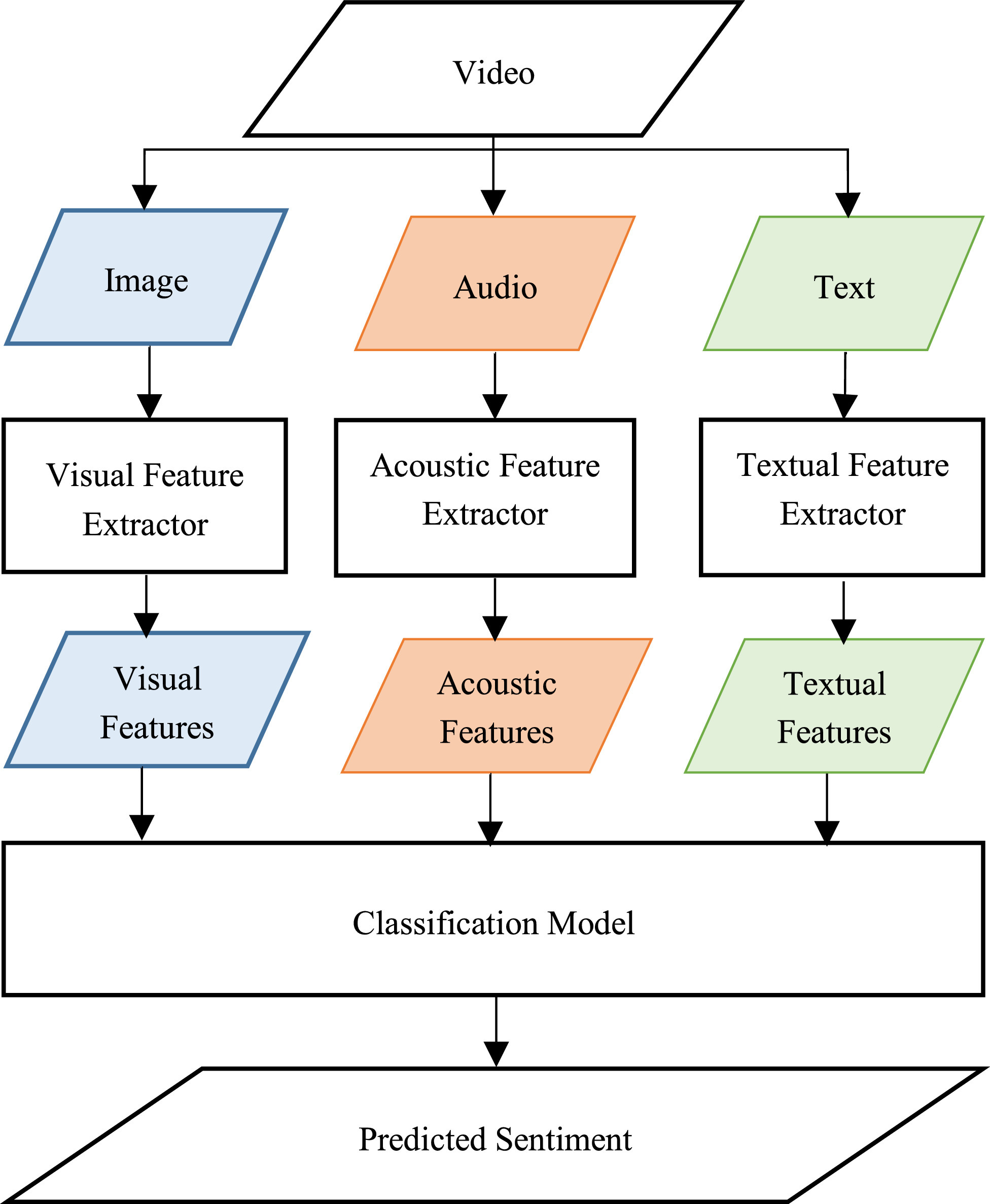
Misfeasor classification and detection models using machine learning techniques
Misfeasors (or insiders) are considered among the most difficult intruders to detect due to their knowledge and authorization within the organization. Machine learning techniques have been widely used for intrusion detection but only little work has addressed the use of machine learning for detecting and classifying different types of insiders. The aim of this study is to exploit different recognition models for misfeasors detection by adding the Mac address as a feature in classification. Three different recognition models (a Rule Based Model, a Hierarchical Classification Model and a Composite Feature Model) are proposed. The models differ mainly in the amount of prior knowledge required for the problem and hence how training data is used to construct the models. The Rule Based Model uses explicit domain classification rules given by expert to detect insiders. The Hierarchical Classification Model uses some domain specific knowledge to manufacture the training data in order to construct the hierarchy in the recognition model. The Composite Feature Model on the other hand attempts to discover classification rules directly from the training data without any prior knowledge. All three proposed classification models are tested on two benchmark data sets and are evaluated using different performance measures. Results for the different models are presented and compared for several classification techniques. Experiments reveal that using machine learning at different levels in the proposed models yield a good approximation for the classification rules for the problem of misfeasor detection. © 2010 IADIS.



